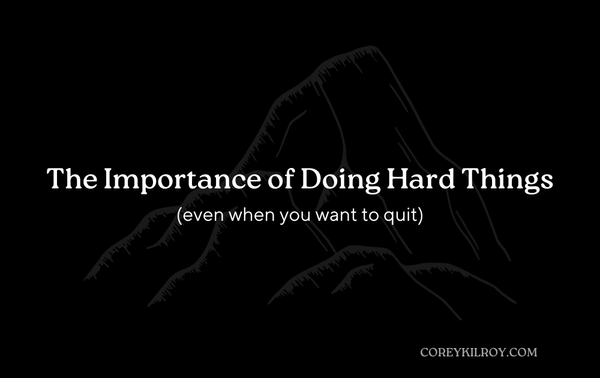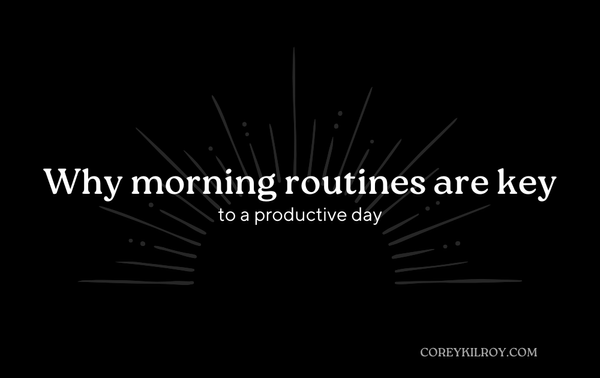Maltodextrin: Avoid This Ingredient Hiding in Your Food

Walk into your pantry right now and read one of the food labels.
There’s a good chance the ingredients list contains “Maltodextrin” in it.
I recently discovered that this ingredient is a “no-go” and should be avoided, when possible.
Here’s why:
What’s Maltodextrin?
Maltodextrin is a polysaccharide, which translates to “many sugars.”
It’s a refined, plant-based, starchy carbohydrate made by artificially bonding a cluster of sugar molecules and is usually made from corn, rice, potato, wheat, or tapioca.
What’s Maltodextrin used for?
Maltodextrin is a highly processed, plant-based, gluten-free, and vegan ingredient, so it often flies under the radar and is mistakenly considered “healthy”.
Food manufacturers love to add maltodextrin to a wide range of processed foods, like artificial sweeteners, baked goods, yogurt, beer, energy bars, fitness supplements, cereals, sauces, salad dressings, chips, and snacks to improve consistency, texture, and taste.
Which honestly, is a list of food you should be avoiding anyway…
Maltodextrin goes by the names:
- Corn starch
- Modified corn starch
- Modified food starch
- Dextrine
Hidden Sources of Maltodextrin:
- Canned fruits
- Sauces and salad dressings
- Diet snacks
- Low-fat foods
- Sugar-free foods
- Sports drinks
- Infant formulas
- Supplements
- Flavorings
- Sweeteners
- Pet food
Is Maltodextrin bad for you?
Although Maltodextrin was “deemed safe” by the FDA, many researchers have found negative side effects.
1. Maltodextrin has an extremely high glycemic index (GI), ranging between 110 and 136.
This means it will rapidly raise your blood sugar levels, and if this happens chronically, it can lead to problems, such as diabetes - due to the insulin and blood glucose levels being out of control.
Rapid elevation of blood sugar can cause:
- Sharp insulin spikes
- Energy crashes
- Sugar cravings
- Intestinal inflammation and cell damage
- ... and the worst part is, you won’t even be aware it’s happening.
To put this into perspective, the glycemic index of table sugar and pure glucose are about 65 and 100, which are both significantly lower than maltodextrin.
2. Maltodextrin is also known to cause gut bacteria and GI issues.
The additive with the normal digestive process causes the bacteria to adhere to the layers of cells that line the intestines, which is a characteristic of Irritable Bowel Disease (IBD).
Did You Know?
Manufacturers use maltodextrin as a sweetener without having to list it as sugar on nutrition labels, which explains why maltodextrin is often found in fad, weight-loss, and diet products.
Legally, manufacturers can claim that a food is “sugar-free” despite significantly impacting blood sugar levels. This potentially misleads consumers into thinking the product is a healthy choice.
How can they get away with this?
The FDA clarified their take on added sugars, saying that substances created through hydrolysis, just like maltodextrin, may or may not count as added sugars based on specific conditions.
If the amount of maltodextrin is less than 0.5 grams per serving, a product can be marketed as having zero added sugars.
Even if 0.5 grams per serving doesn’t sound like a lot, many nutrition labels are based on unrealistic serving sizes, which can unintentionally lead to an excessive consumption of maltodextrin.
Miscellaneous Facts
1. Maltodextrin is a common horticultural insecticide frequently used in open fields and greenhouse environments.
2. Most maltodextrin is hydrolyzed from corn starch, typically made from GMO corn contaminated with glyphosate, a herbicide and antibiotic compound linked to various health issues.
3. In some cases, maltodextrin is made from wheat and contains gluten, a protein that humans can’t fully digest. Gluten is a common irritant and has the potential to trigger inflammation.
In the end…
Don’t let this finding create anxiety or fear when it comes to food shopping.
Just keep these facts in the back of your mind the next time you look at a food label.
The key to life and healthy living is balance and if you make eating an anxiety-inducing task, then it may deter you from eating healthy altogether.
Be well and Keep Pluggin.
-C.



